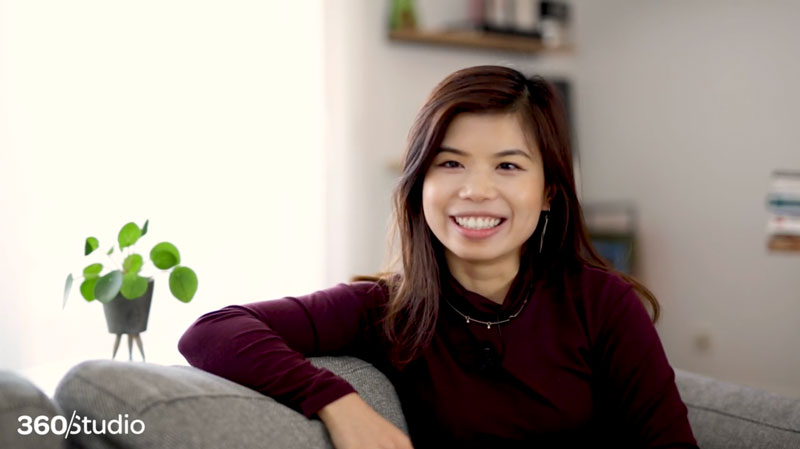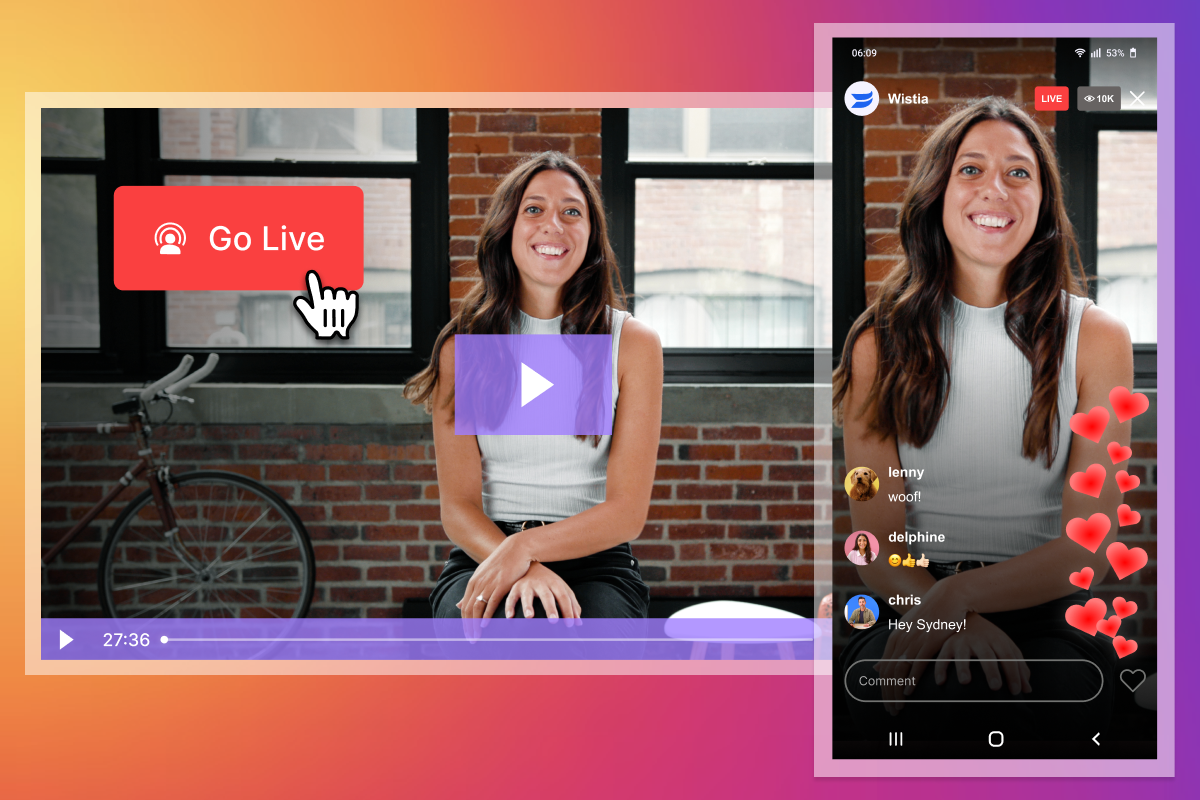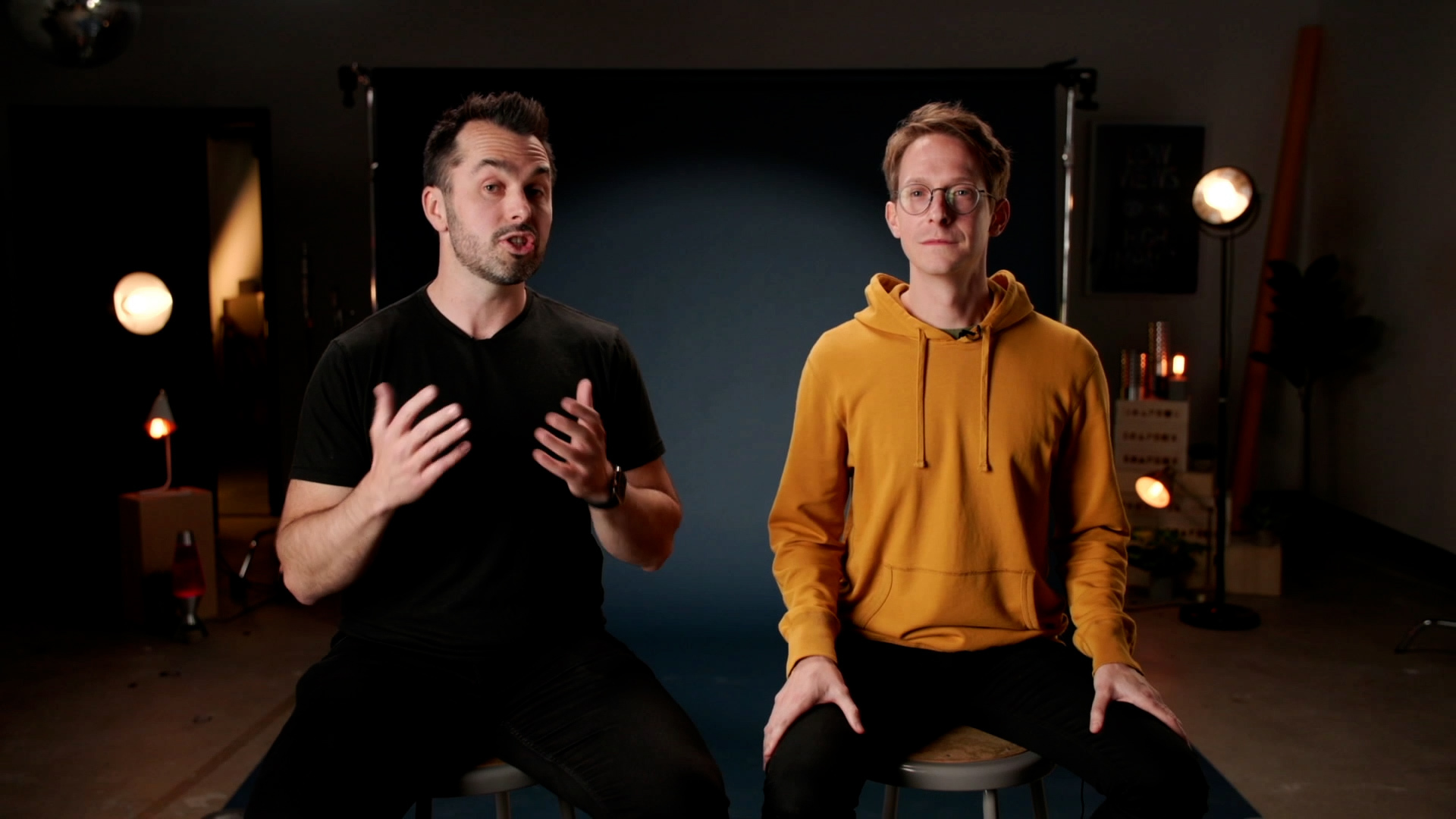Types of Camera Shots, Angles, and Moves for video
Let’s take a look at wide angle, medium, close-up shots, and others!
February 7, 2023
Topic tags
Trevor Holmes
Creative
There are several camera shots, angles, and moves that can help you capture your cinematic vision on your next project.
Here's what we'll cover:
Camera Shots
The way you frame your camera shots can give a new perspective or meaning to the subject in your shot.
What is a wide shot?
A wide shot, otherwise known as a long or a full shot, is a wide-angle view of an object relative to its surroundings. These shots are typically captured by using a wide angle lens or by moving your camera further away from the subject.
Wide shots can be used to give a sense of place and space to a scene. You can use these shots to:
- Establish a location or introduce a new scene or character.
- Capture a shot of a large building so you can see the entire building, as well as the lot it sits on.
- Catch a shot of a person — from head to toe.
What is a medium shot?
A medium shot, also known as a mid shot (MS), is a view that lies somewhere between a wide shot and a close up. This type of shot typically gives a bit more visual detail to the object being filmed. For example, if you were capturing a medium shot of a building, it would show the building slightly cropped, showing the doors and windows.
And if you were using this same shot to capture a person, it’d show the person from about the waist up. This angle is often used when the talent is delivering information on-screen and can be captured using any lens. Typically, though, it’s shot with what’s called a “normal” lens with a focal length of around 35 or 50 millimeters.
What is a close-up shot?
A close shot also known as a close up, is a type of shot that tightly frames a person or object. They’re often used to capture the details of a scene, like a character’s emotion, or to highlight a specific part of an object. This angle truly allows you to capture the details using a long lens or a zoom lens, at focal lengths of 85mm or higher.
What is a medium long shot?
A medium long shot, also known as a three-quarter shot, frames the whole subject from the knees up. When it comes to focal length, this shot is right in the middle between a long and a medium shot.
What is a medium close-up shot?
A medium close up frames a subject’s head and cuts off around mid-chest. The focus is on the subject and reveals only a little of the surroundings. This type of framing is typically used for interviews in documentaries and news programs where the subject is speaking.
Camera Angles
Using different camera angles can help you show a perspective in your shot.
What is a POV shot?
A POV, or first-person shot, is a shot that shows what a character or subject is looking at. It’s usually filmed with a camera rig that has the same field of view as the character would. There are a variety of ways to get this shot, whether that’s with a head- or chest-mounted camera, or any other self mounted camera systems. It’s usually incorporated through editing, capturing a shot of a character looking at something, and then a shot of the character’s reaction.
Camera Moves
Use camera moves to convey an emotion with motion or reveal something new.
What is a tilt shot?
A tilt shot is a camera technique where the camera stays in a fixed position, usually on a tripod, and rotates up and down on a vertical plane. A tilt shot has a motion similar to someone raising or lowering their head to look up or down.
What is a pan shot?
A pan shot is a camera technique where the camera stays in a fixed position, usually on a tripod, and swivels side to side on a horizontal plane. This type of shot is great for revealing a landscape or character.
What is a Dutch Angle shot?
A dutch angle shot is when the camera is placed off-angle so the horizon is not straight. This style of shot was used in many videos in the 1980s and 1990s. This produces a perspective that is much like if the viewer was tilting their head to one side. This type of shot can create a sense of uneasiness in the viewer.
What is a Zoom Dolly shot?
A zoom dolly shot (otherwise known as a zolly) is when the camera is moving towards or away from a subject as the lens is doing the opposite zoom. In other words, if the camera is dollying closer to the subject, the lens would be zooming out. The effect keeps the subject the same size, but will compress or decompress the background. This shot was pioneered by Stephen Spielberg in the movie Jaws. A zolly shot communicates a message as if the world is closing in on the subject.







